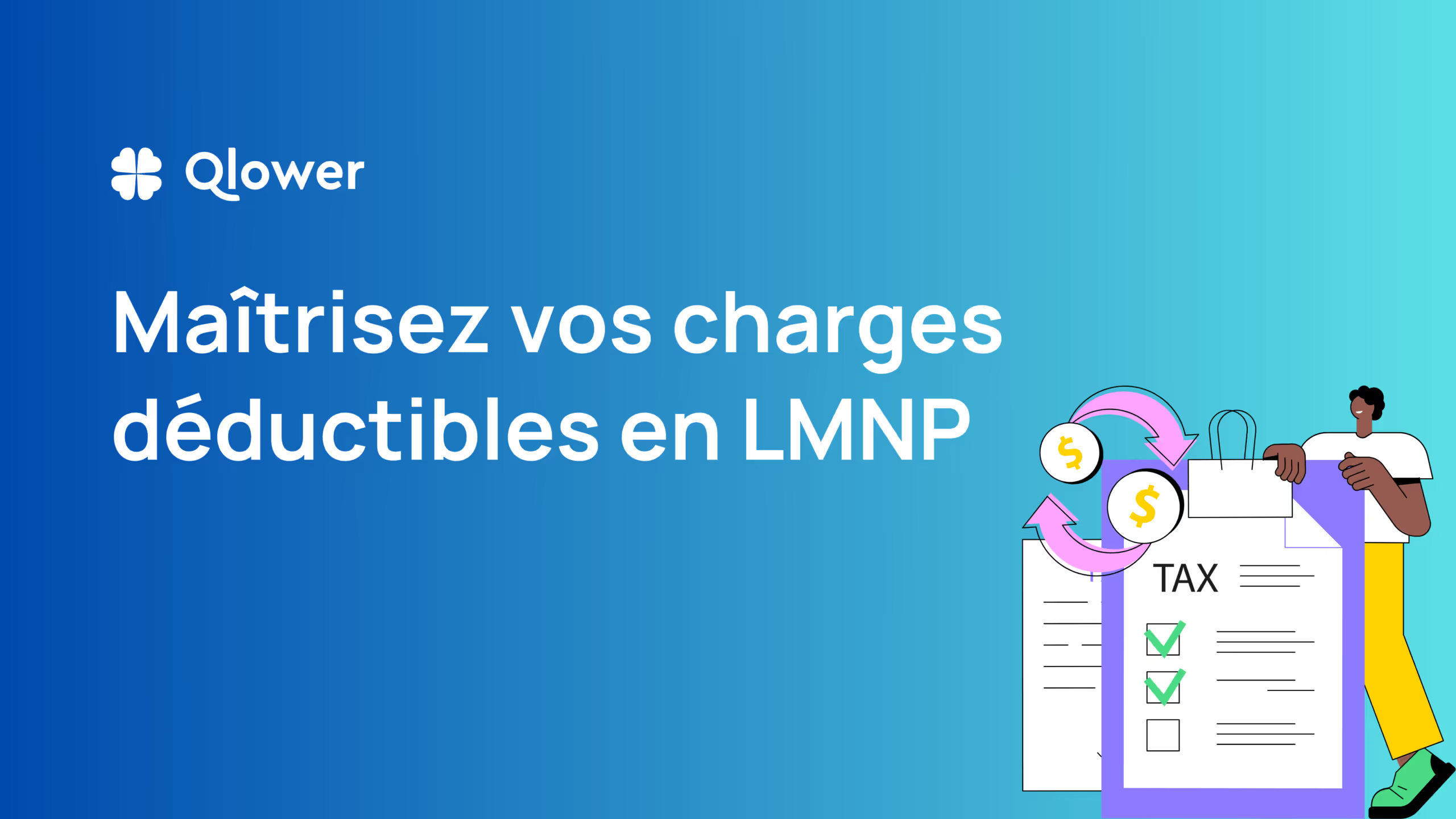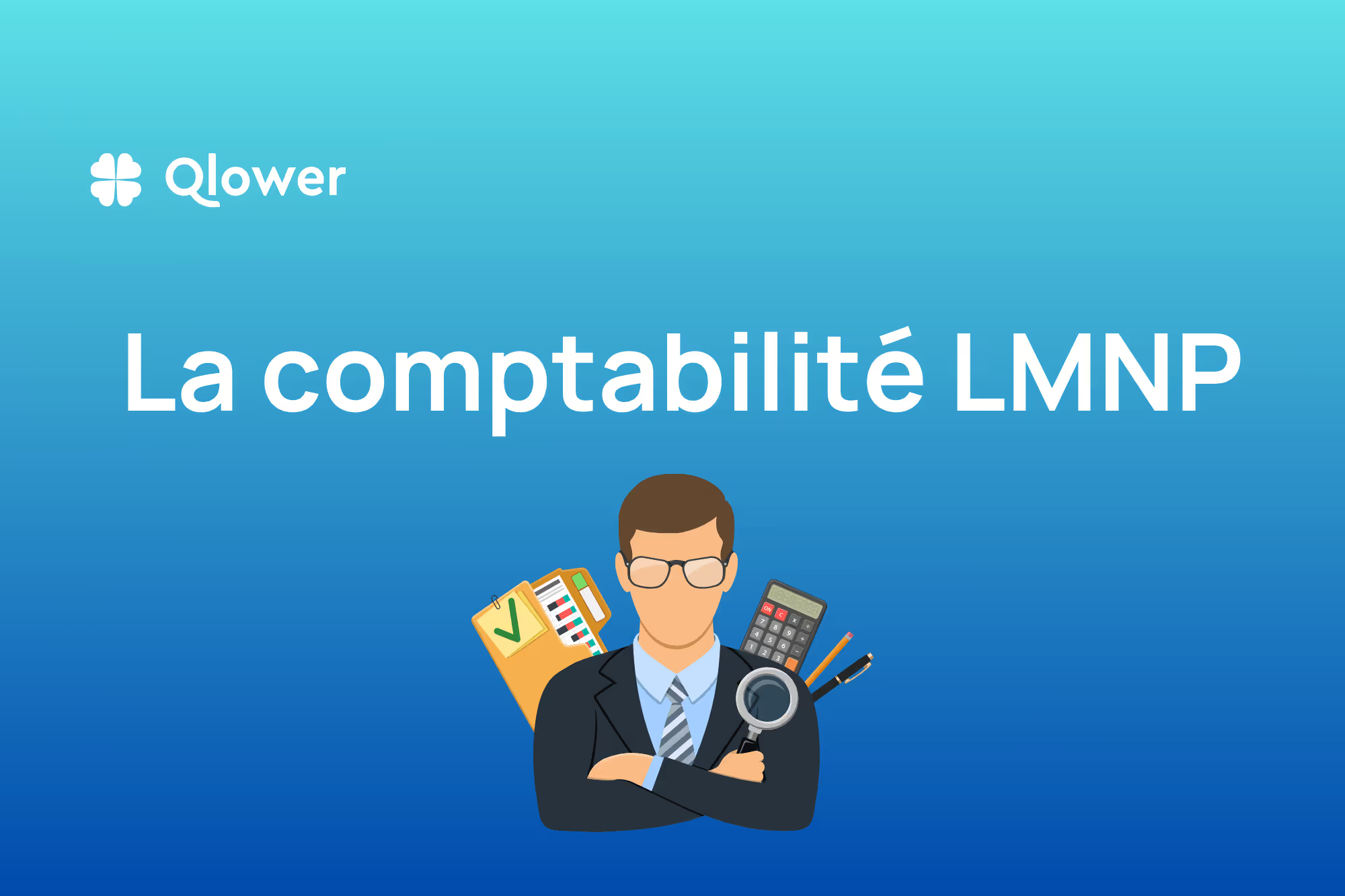Control your deductible expenses in LMNP
The LMNP regime allows the deduction of numerous expenses related to rental activity. From management fees to improvement work, including depreciation and current expenses. This flexibility not only makes it possible to minimize the tax result, and therefore the tax, but also to improve cash flow and the net after-tax profitability of your rental investment. However, navigating through the complexity of tax regulations and choosing the most advantageous regime (micro BIC or real regime) requires a thorough and up-to-date knowledge of the laws in force.
The particularities depending on the tax regime chosen
When you embark on the adventure of non-professional furnished rentals (LMNP), choosing the tax regime adapted to your situation has a significant impact on your taxation. There are two main options: the diet BIC microphone And the diet Real simplified. Each has its own advantages, eligibility criteria, and expense deduction mechanisms. Making the right choice is based on a clear understanding of their particularities.
Micro BIC regime
The micro BIC regime (Industrial and Commercial Benefits) is characterized by its ease of management. Offered to investors with an annual turnover of less than €77,700 (threshold in 2024 for long-term furnished rentals), this regime offers a flat rate allowance for expenses of 50% for long-term rentals.
The rules governing tourist or seasonal rentals vary according to classification and location. For unclassified rentals, a 30% discount is applied to income up to €15,000 only. In tense areas, there is an ongoing debate on maintaining this 30% reduction and the ceiling set at €15,000 or €77,700. For tourist rentals classified in rural areas or winter sports resorts, a 51% discount is also applied to income up to €15,000.
- Key benefits :
- Administrative simplicity: simplified declaration of rental income.
- 50% lump-sum allowance: covers all expenses, without the need for justification.
- Points of vigilance :
- Turnover limit: above €77,700, compulsory transition to the real regime.
- No specific deduction: it is impossible to deduct actual expenses if they are greater than the allowance.
- Very rarely the most interesting diet
This regime is generally suitable for investors who have already benefited from depreciation, and who are looking for simplified fiscal and accounting management.
Simplified real regime
The simplified real BIC taxation regime offers increased flexibility for LMNP owners, with no income limit. It allows the deduction of real expenses related to the rental activity and the depreciation of the property and its equipment.
- Key benefits:
- Deduction of actual expenses: management fees, loan interests, renovation work, condominium fees, acquisition costs, etc.
- Depreciation of the property: reduces the tax base by depreciating the property and its equipment over their period of use.
- Examples of deductible expenses :
- Notary fees, agency commissions, brokerage
- Maintenance and repair expenses
- Non-recoverable condominium fees
- Property taxes, insurance
- Accounting fees and management fees, concierge fees
- Points of vigilance :
- Keeping detailed accounts: requires rigorous monitoring of income and expenses.
- Obligation to use an LMNP expert: recommended to optimize deductions and comply with legal remote transmission obligations for example.
This regime is particularly suited to most LMNP investors. In particular in the case of the acquisition of a rental property. It offers a significant opportunity for fiscal optimization, but requires more precise accounting management.
Extensive list of current expenses and their fiscal impact
The deductibility of expenses in LMNP is a powerful optimization lever. These are divided into several categories, each with its own specificities. Here is an overview of the main charges and their tax treatment.
Management, maintenance, and repair costs
These charges are at the heart of the daily management of your property.
- Management fees : include rental management fees, advertising costs, and commissions paid to agencies, concierge services and rental platforms.
- Fiscal impact : fully deductible from rental income.
- Maintenance and repairs : include expenses necessary to maintain the property in good condition and normal functioning (painting, repairing leaks, etc.).
- Fiscal impact : deductible, provided that the property is maintained and not substantially improved.
Condominium fees and property taxes
Condominium fees that cannot be recovered from tenants and property taxes are significant items.
- Condominium fees : include costs related to common services and collective areas in the building.
- Fiscal impact : deductible with the exception of expenses related to construction, reconstruction or expansion works.
- Property taxes : annual tax due by any owner of a property.
- Fiscal impact : fully deductible from gross rental income. In the case of a TEOM re-invoicing, the portion re-invoiced to the tenant must not be deducted from the income.
Insurance and accounting fees
Non-occupancy homeowner insurance (PNO) and accounting fees allow for the protection and fine management of your investment.
- Insurances : offers protection to the owner in his absence and covers various risks (fire, water damage, civil liability). Loan insurance and guarantees required by the bank are also deductible.
- Fiscal impact : fully deductible.
- Accounting fees : linked to the accounting management of the property, essential in real life, and the possible costs of tax advice.
- Fiscal impact : deductible and may includemembership in an approved management center (CGA), allowing an additional tax reduction depending on conditions.
The +: depreciable expenses
Depreciation refers to wear and tear, or the loss of value of your property and its furniture over time.
- Real estate : depreciable over a period generally estimated between 50 and 70 years (excluding land)
- Equipment and furniture : shorter amortization period, often between 5 and 10 years.
- Fiscal impact : makes it possible to significantly reduce the tax base, especially interesting in a simplified real regime.
THEdamping is a major asset of the LMNP, making it possible to create a tax-reducing accounting deficit, while generating rental revenue.
Tax optimization strategies for LMNP under the real regime
Adopting a strategic approach in management of your deductible expenses and the amortization of your property can transform your taxation into a real driver of financial performance. Let's see how.
Maximizing the deduction of expenses: advanced techniques
To get the most out of the real regime, careful planning and proactive load management are required.
- Periodically review your expenses to identify potential deductible items and ensure they are optimized.
- Interest on loans taken out for the purchase, construction, repair or improvement of the property is fully deductible. Renegotiating your loan to minimize the interest amount may be a good idea. Qlower can take care of that for you.
- Strategically plan your renovation work to be carried out during years when your rental income is high, thus increasing your deductions.
- Joining a CGA can offer additional tax benefits, such as a tax reduction of 2/3 of accounting fees (subject to conditions).
Use of optimized depreciation to reduce the tax base
Depreciation is one of the key strategies of the real regime, making it possible to reduce the tax base by taking into account the loss in value of the asset and its equipment.
- Depreciation of real estate : your accountant calculates depreciation based on the purchase or rental value of the property, excluding land (not depreciable), using depreciation by components. Here are the typical components and their amortization period according to BOFIP (stream):
- Structural work: minimum 50 years
- Facade-Roof: 20 to 50 years
- Technical installation: 20 to 30 years
- Layout: 5 to 15 years
- Depreciation of equipment and furniture : these items can be amortized over a shorter period of time, generally 5 to 10 years, offering a faster reduction in the tax base.
- Strategic amortization planning : by using an expert in real estate taxation, you ensure the optimization of amortization, under the responsibility of an expert. In this way, you reduce the tax base and minimize your tax.
- No revaluation of assets possible : Note that even in the event of an increase in the value of the asset, once depreciation is in place, the value is fixed until the end of the depreciation.
FAQ - LMNP deductible expenses
Deductible expenses under LMNP are an important element of tax optimization, but they can also be a source of confusion. Here are clear answers to frequently encountered questions.
Non-deductible expenses: pitfalls to avoid
The first step in optimizing your taxation is to understand what expenses cannot be deducted. Avoiding these common pitfalls can save you from inaccurate reporting and the consequences that come with it.
- Land amortization : the land share in the housing price cannot be written off.
- Capital repayment : as much as loan interest and loan insurance are deductible, the repayment of capital is not a deductible expense.
- Construction, reconstruction or expansion : these expenses are not deductible as expenses but can be written off.
How can I correct an error in declaring expenses?
If you discover an error in your tax return, here is how to correct it:
- You have the option of submitting an amending declaration for the year in question, indicating the necessary corrections.
- Do this as quickly as possible to minimize the risk of penalties or late interest.
- In case of doubt or for complex errors, the assistance of an LMNP expert like Qlower can be decisive in correcting your statement effectively.
Impact of the finance law on deductible expenses
Annual finance laws can have a significant impact on the expenses deductible in LMNP.
- Update thresholds : the authorized revenue ceiling for rentals of unclassified furnished tourist accommodation under the micro-BIC regime is reduced, from €77,700 to €15,000. More specifically, if the turnover in years N-1 and N-2 is between €15,001 and €77,700, rental owners under the micro-BIC regime will be excluded from this regime for year N. They will then have to opt for the actual taxation regime.
- Change in abatement rates : previously set at 50%, the lump-sum allowance rate is now revised downwards to 30% of all rental income received, regardless of the classification “classified” or “not classified”. Despite this decrease, the allowance cannot be less than 305 euros, thus guaranteeing a minimum tax advantage for all rental owners, regardless of the extent of their rental activity.
To make sure you don't miss out on important tax updates, check official announcements regularly or work with a real estate tax professional.





